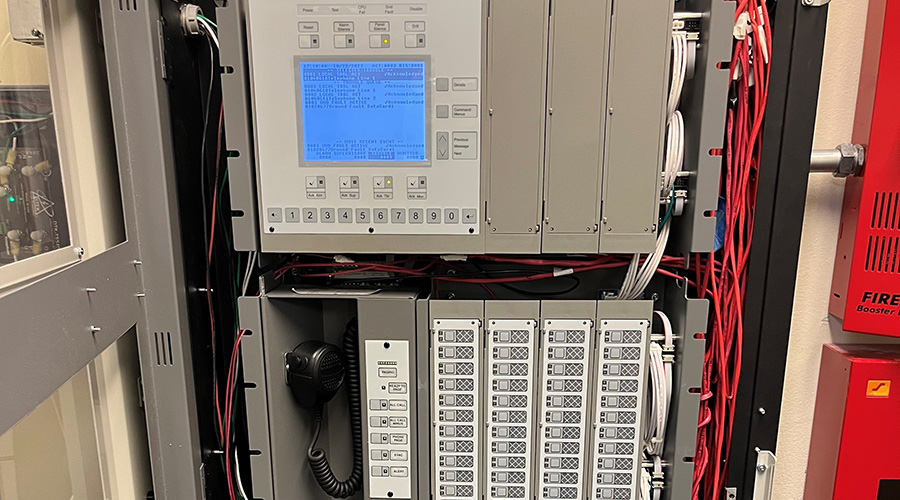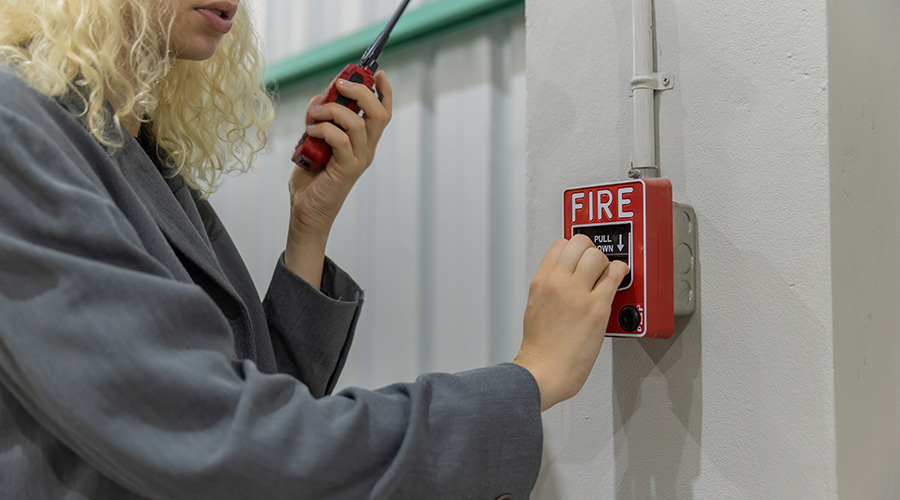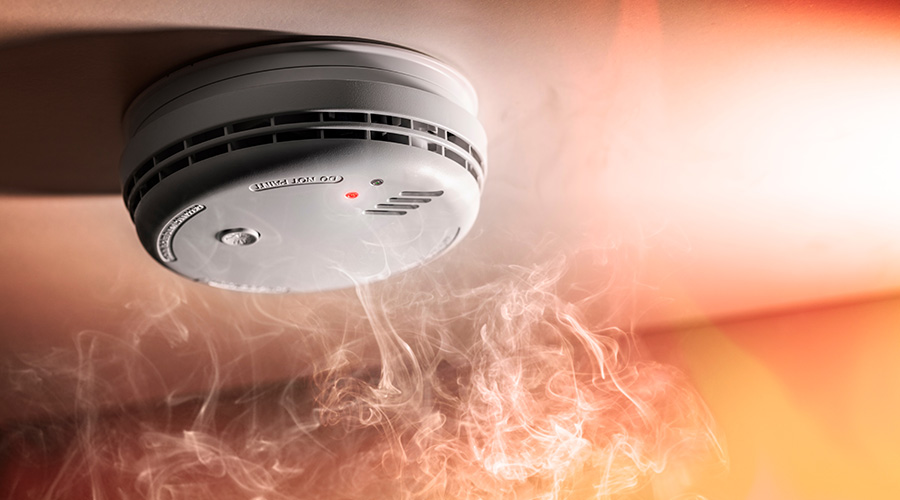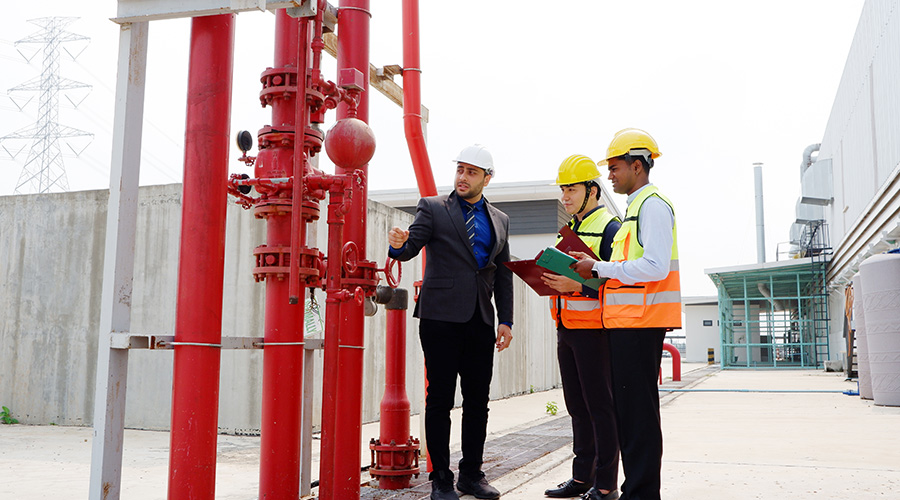Technology Brings Positive Change To Fire Safety
Since you started in the industry, what's the most positive change you've seen in terms of fire safety in commercial facilities and what area needs the most improvement?
I don't know that I can pinpoint the single most positive change, but there are three that relate to each other. I've been in this business since 1971. The biggest change has been in the requirements for building fire protection features. The building codes and fire codes are much more active in requiring fire protection features in buildings, such as sprinkler systems, fire alarm systems and fire resistance-rated construction.
The building codes have essentially gotten a lot better in the last 40 years, for a variety of reasons. It's a natural evolution of technology, and society wanting more protection and safety. And it's a reflection of what happens when societies mature to a more sophisticated quality of living. People expect safety. All of this is borne out in the fact that over the last 40 years, the number of fires, fatalities and injuries due to fires in the United States has gone down dramatically. And, on an inflation-adjusted basis, the dollar loss has remained almost constant despite the fact that there is a much greater amount of value in the built environment than there was 40 years ago.
At the same time, the level of enforcement has gotten a lot better because the enforcement community is much better qualified than they were a generation or two ago. They're more educated, more experienced and more professional. They get out into the community and into project planning more than they used to, and they're much more aggressive than they used to be.
That goes hand in hand with the requirements of the built environment. Because buildings, once they're built, have to be inspected periodically to make sure that they're being operated and maintained in a safe manner. Although there have been tragedies that have occurred over the last 40 years which have led to large losses of life, and a lot of that has to do with some bad enforcement, overall, the enforcement is much better than it was.
Finally, the evolution of technology in fire protection products has made things more affordable. When I first came into the business, a detector of the type that would be in your house was over $150 in 1973 money. Today, you can buy one for $6. And they're everywhere. Even with fire sprinkler systems, there's been an evolution in the design, materials and installation techniques to make them more affordable. Those three things taken together are pretty significant changes in our profession.
The enforcement of the code in existing buildings is still the greatest challenge. Especially over the last couple of years, communities are faced with reductions in staffing because of the cost and the expense of maintaining an inspection department. That's probably the greatest challenge — making sure that our existing buildings are being maintained and inspected either by the owners themselves or by the government agencies that are responsible for public safety.
Related Topics:














